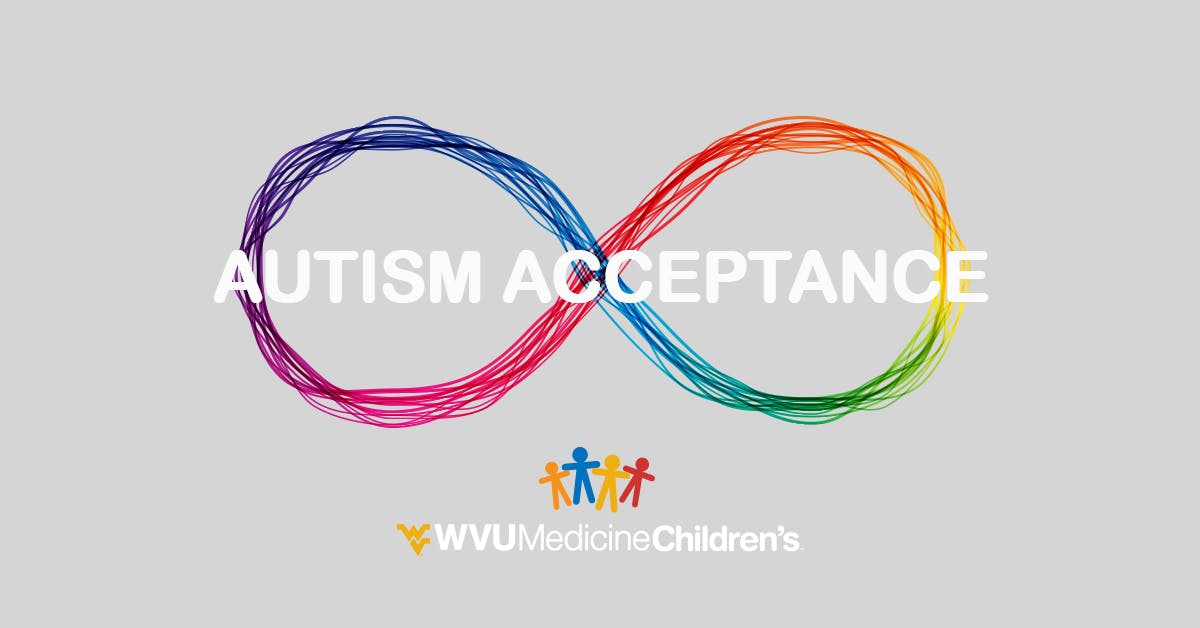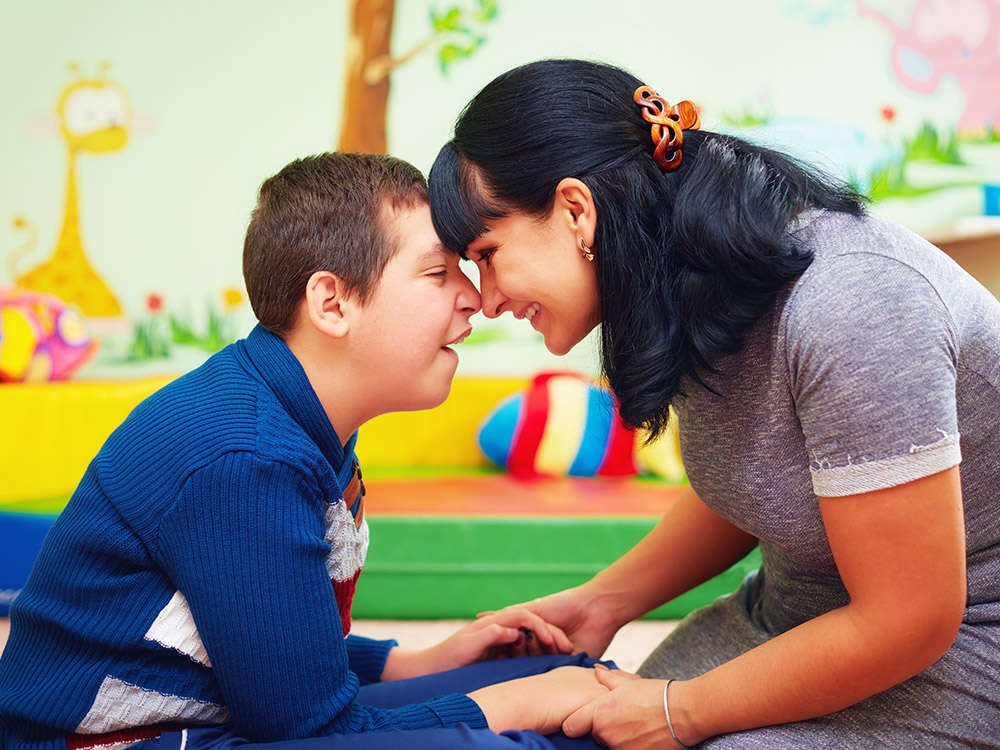Checking Out Autism: Approaches for Effective Interaction and Communication
Efficient communication and communication with individuals on the autism spectrum demand a thorough understanding of their unique demands and choices. Methods such as employing clear language, making use of aesthetic supports, and cultivating regular routines can substantially enhance interaction and lower anxiety. Recognizing the value of non-verbal hints and shared rate of interests paves the means for purposeful connections. However, the intricacies of these strategies reveal further considerations that warrant exploration, particularly in how they can be adjusted to diverse contexts and individual experiences. What might these adaptations appear like in practice?
Recognizing Autism Spectrum Condition
Autism Spectrum Problem (ASD) encompasses a series of neurodevelopmental problems identified by challenges in social communication, interaction, and recurring behaviors. The term "range" shows the diverse indications and differing levels of intensity experienced by people with ASD. While some may show substantial problems, others may display high-functioning traits, enabling better self-reliance in day-to-day live.
The beginning of ASD commonly happens in very early childhood years, with indicators usually recognizable by age two. Early signs might include delayed speech advancement, minimal eye call, and problems in comprehending social signs. The precise etiology of ASD stays vague, research suggests a combination of ecological and hereditary elements plays a critical duty in its advancement.
As a result, treatments and assistance tailored to private demands are vital for cultivating communication and social skills. Acknowledging the intricacy of ASD is important for promoting understanding, acceptance, and efficient strategies that promote significant interactions with individuals on the spectrum.

Importance of Clear Interaction
Effective interaction is vital for promoting understanding and connection, especially for individuals with Autism Spectrum Condition (ASD) Clear interaction not only facilitates social interactions but also enhances the individual's capacity to share their emotions, requirements, and thoughts. For people with ASD, the nuances of language can typically be testing; for that reason, utilizing distinct and simple language is important.
In addition, clear interaction helps lower irritation and anxiety that might occur from misconceptions. When messages are conveyed in a constant and direct way, people with ASD are better furnished to interpret info precisely, which can considerably improve their social engagement and involvement in numerous setups.
Establishing regimens and using aesthetic assistances can even more strengthen clear interaction. These approaches supply individuals with foreseeable structures that help understanding and retention of info. In addition, proactively being and listening individual throughout communications promotes an encouraging environment where individuals with ASD feel valued and understood.
Eventually, prioritizing clear communication not just equips people with ASD however likewise fosters more significant links with their peers, caregivers, and the bigger area, leading the way for inclusive communications and collective partnerships. - autism
Non-Verbal Interaction Strategies
Communication prolongs past words, and for individuals with Autism Spectrum Condition (ASD), non-verbal cues play a considerable role in interactions. Non-verbal interaction techniques can consist of faces, gestures, body movement, and eye call, all of which work as important elements for communicating feelings and a knockout post objectives.
Recognizing and translating these non-verbal signals can improve interactions with people with ASD. As an example, a warm smile or open position can develop an inviting environment, encouraging involvement. Making use of aesthetic help-- such as picture cards or signs-- can link interaction spaces and aid convey messages extra efficiently.
It is additionally important to be conscious of personal space, as individuals with ASD might have various comfort degrees pertaining to proximity. Observing their reactions to physical nearness can inform proper changes.

Developing Encouraging Environments
Producing an encouraging setting is critical for cultivating favorable communications and improving the health of individuals with Autism Spectrum Problem (ASD) Such settings can substantially reduce anxiety and create a feeling of safety and security, enabling individuals to express themselves more easily.
To achieve this, it is necessary to consider sensory level of sensitivities that people with ASD might experience. Changing the physical room to consist of soft lights, marginal background noise, and comfortable seating can produce a calming ambience. Additionally, making use of regular regimens and clear aesthetic routines can assist individuals expect transitions and reduce uncertainty, further promoting convenience.
Social spaces must be structured to minimize frustrating stimuli while supplying possibilities for interaction in recommended activities. Promoting areas assigned for silent time can also work as a haven throughout minutes of stress. Importantly, incorporating components of choice empowers individuals, enabling them to work out company in their setting.
:max_bytes(150000):strip_icc()/GettyImages-1377530534-2000-fc355c43782b496c947c182d17b8b5db.jpg)
Urging Social Communications
Fostering social communications among individuals with Autism Range Disorder (ASD) calls for intentional strategies that prioritize convenience and interaction. Developing predictable routines can help minimize anxiousness, making social settings a lot more approachable. Producing organized environments with specified roles and obligations enables people to involve without the frustrating pressure of disorganized social characteristics.
Incorporating rate of interests and staminas into social tasks can serve as a driver for communication. Organizing team tasks around shared hobbies or topics of attraction can promote natural conversations and connections. In addition, utilizing visual assistances, such as pictorial timetables or social manuscripts, can assist in comprehending social hints and expectations.
Designing appropriate social habits is critical - autism. Peers and grownups should show reliable interaction methods, including active find out here listening and turn-taking. Role-playing circumstances can additionally offer a risk-free room for people to exercise these skills
Finally, cultivating peer relationships with inclusive techniques is important. Encouraging inclusive playdates or group outings can create chances for socializing in a comfy setting. By applying these teachers, strategies and caretakers can dramatically boost social communications for people with ASD, promoting their total social advancement and health.
Final Thought
In final thought, effective interaction and interaction methods are necessary for supporting people with Autism Range Condition. Inevitably, these methods empower individuals with autism to browse social landscapes, advertising their overall health and allowing the advancement of enduring connections.
Reliable communication and interaction with individuals on the autism spectrum necessitate an extensive understanding of their special requirements and choices. Clear interaction not just assists in social interactions but additionally improves the individual's capacity to share their feelings, demands, and ideas.Fostering social interactions amongst people with Autism Spectrum Problem (ASD) needs deliberate strategies that prioritize comfort and interaction. By applying these methods, educators and caretakers can considerably improve social interactions for people with ASD, promoting their total social advancement and well-being.
In final thought, efficient communication and interaction approaches are important for sustaining individuals with Autism Range Disorder.
Comments on “Dealing With Common Misconceptions: What You Must Learn About Autism Today”